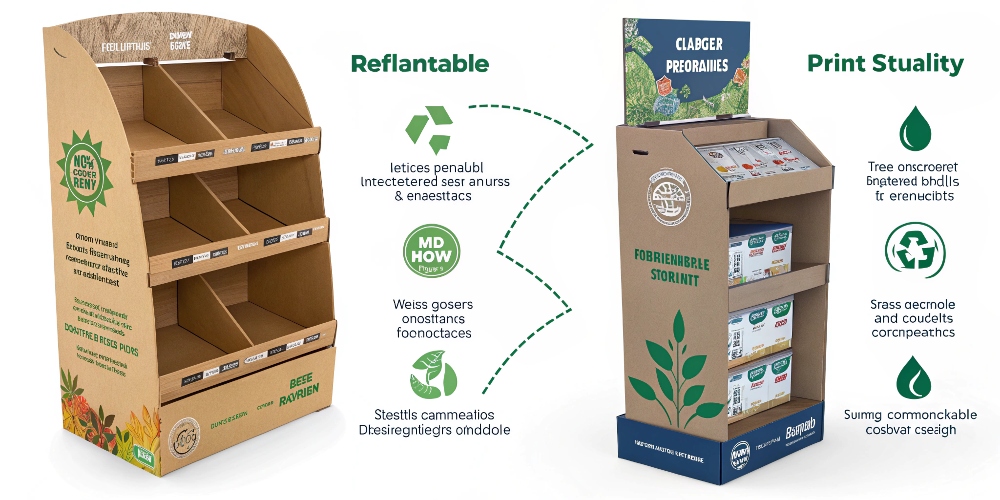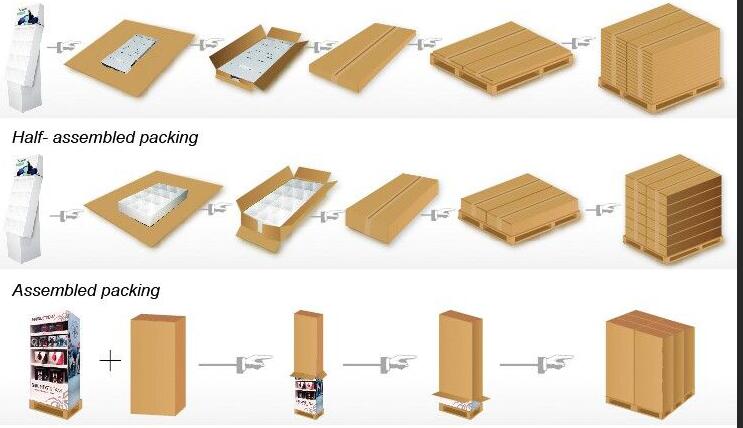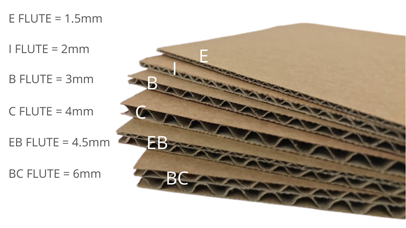Struggling to pick the right cardboard display for your product? The wrong choice can waste your budget and hurt sales potential. Let me show you how to find the perfect match.
The best cardboard display directly matches your product's weight and your store's environment. Use strong free-standing displays for heavy items in aisles, compact counter displays for small impulse buys at checkout, and large pallet displays for bulk goods in warehouse stores or supermarkets.
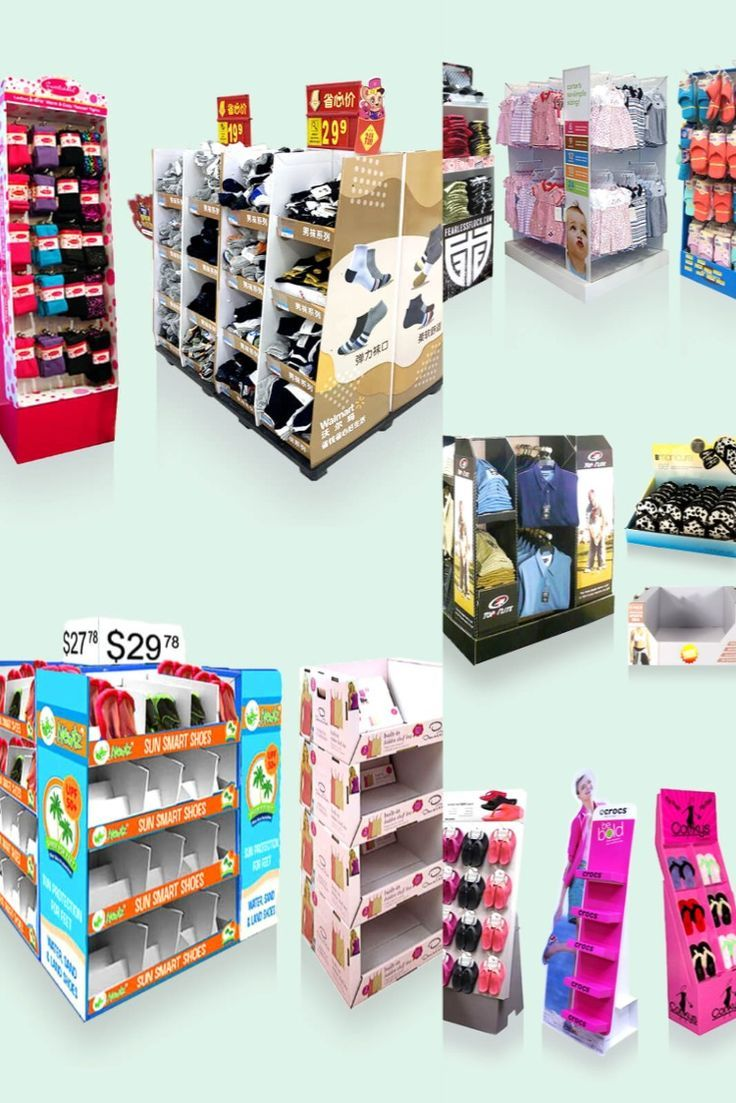
Choosing the right type of display is a great first step. I've seen it make a huge difference in my 16 years in this business. But to make sure your display is a success, you also need to understand the material it's made from. This is where things get interesting and where real quality comes from. Let's start with the most common question I get.
What is the best type of cardboard for displays?
Is your display looking weak or flimsy? This looks unprofessional and can even lead to damaged products on the sales floor. You can solve this by understanding cardboard flutes.
For most displays, B-flute corrugated board1 is the best all-around choice, offering great strength and a good surface for printing. If you need a premium, high-resolution print finish for smaller items, E-flute2 is superior. For very heavy products, always choose a double-wall board3 like BC-flute4.

When we talk about the "type" of cardboard, we're usually talking about the flute. That's the wavy paper layer sandwiched between two flat linerboards. This simple wave is what gives corrugated board its incredible strength. I've worked with many designers, like a professional I know named Peter, who have to balance looks with strength every day. The key is picking the right flute for the job. Not all flutes are created equal, and each one has a specific purpose. Choosing the right one ensures your display not only looks great but also stands up to the busy retail environment.
Understanding Your Flute Options
Let's break down the most common flute types I use when creating displays for my clients. The difference between them might seem small, but it has a huge impact on performance.
| Flute Type | Thickness | Characteristics | Best For |
|---|---|---|---|
| E-Flute | ~1.5 mm | Very thin, provides an excellent, smooth printing surface. | Small, lightweight product boxes, counter displays5, cosmetic packaging. |
| B-Flute | ~3 mm | Good all-rounder. Strong, good puncture resistance, and prints well. | The majority of free-standing displays6 (FSDUs), shipping boxes, POP displays. |
| C-Flute | ~4 mm | Very common for shipping boxes. Good cushioning and stacking strength. | Mostly used for transport boxes, not as common for displays. |
| BC-Flute | ~7 mm | Double-wall board (a B-flute and C-flute combined). Very strong. | Heavy-duty displays, pallet displays7 for drinks, bulk items, furniture. |
What are the different cardboard display8s called?
You have a great idea for a display, but you don't know the name for it. This makes it hard to explain to a designer or manufacturer. Learn the correct terms to get exactly what you want.
Cardboard displays are generally called Point of Purchase (POP) or Point of Sale (POS) displays. Specific models include the Free Standing Display Unit (FSDU)9, Counter Display Unit (CDU)10, dump bin11, pallet display, and power wing. Using these names makes communication much clearer.
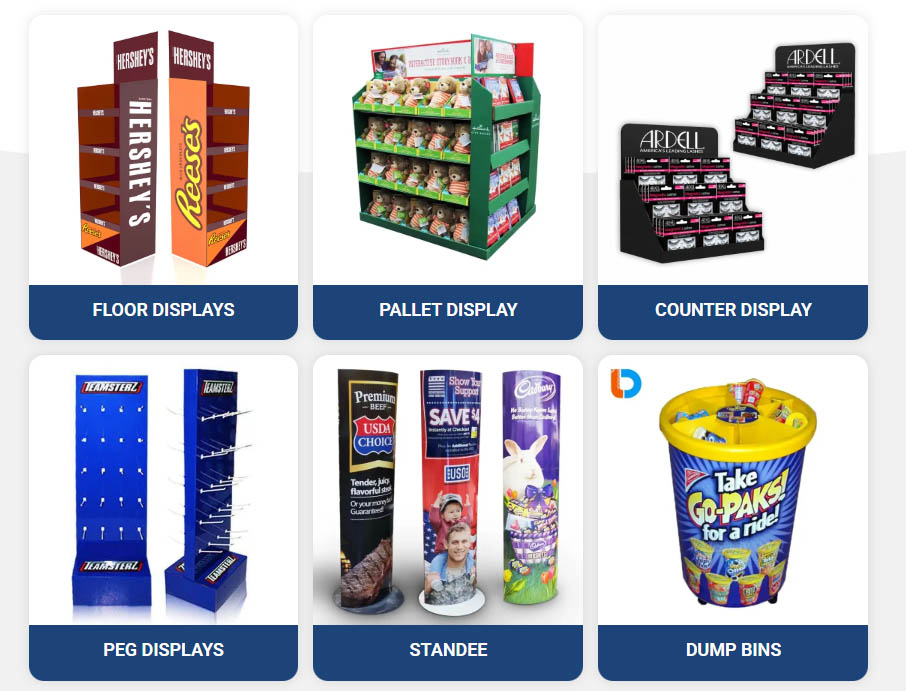
Over the years, I've seen a lot of confusion over these terms. But learning them is like learning a new language that helps you build a better product. When a client comes to me and says, "I need an FSDU for a new product launch," I know exactly what they mean. It saves time and makes sure the final product matches their vision perfectly. These aren't just industry jargon; they are names for specific tools designed for specific jobs in a retail store. Knowing them helps you strategize where and how to sell your product most effectively.
Common Display Types You Should Know
Here is a simple guide to the most common displays we design and produce. I've seen each of these transform a client's campaign when used correctly.
| Display Name | Also Known As | Description | Best Used For |
|---|---|---|---|
| Floor Display | FSDU (Free Standing Display Unit) | A standalone display that sits on the floor. Highly versatile. | New product launches, promotions, high-traffic areas. |
| Counter Display | CDU (Counter Display Unit) | A small display that sits on a checkout counter or shelf. | Small items, last-minute impulse buys, trial-sized products. |
| Pallet Display | Pallet Skirt, Full Pallet Display | A display built around a shipping pallet for large quantities of product. | Warehouse clubs (like Costco), supermarket promotions, bulk goods. |
| Dump Bin | Case Bin, Display Bin | A large, open-top bin where products are loosely placed. | Discounted items, promotions, oddly shaped toys or snacks. |
| Sidekick | Power Wing, Side Display | A narrow display that hangs off the side of an aisle endcap. | Cross-selling, maximizing space, complementing products on the main shelf. |
What are the three main types of cardboard?
You think all cardboard is the same, but it's not. Using the wrong structural type can cause your entire display to fail, leading to wasted products and costs. Let's fix that.
The three key types of corrugated board are single-face, single-wall, and double-wall. Single-face is a flexible wrap. Single-wall is the standard for most boxes and displays. Double-wall provides superior strength and stacking ability for heavier items.
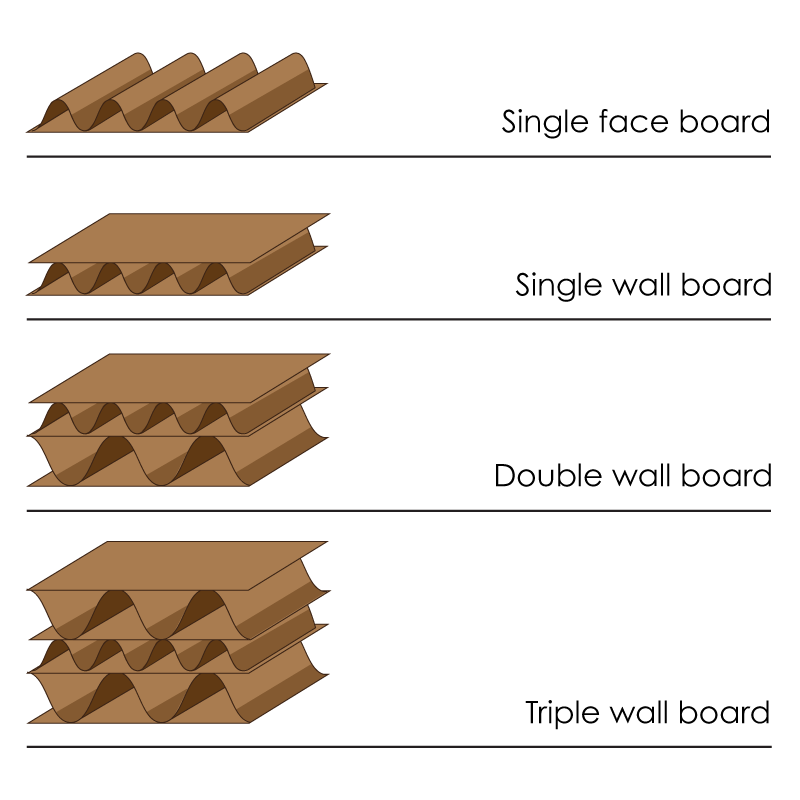
Understanding these structural differences is fundamental. It’s the first thing I teach new designers on my team. The structure is the backbone of your display. It determines whether your product is presented securely or ends up in a heap on the floor. I once had a client who wanted to save money by using single-wall board12 for a pallet display of wine bottles. I had to explain that the weight would crush the display within hours. We switched to a double-wall design, and it held up perfectly for the entire promotion. This knowledge isn't just technical, it's about protecting your investment.
Single-Wall Board (The Workhorse)
This is the most common type of corrugated board and what people usually mean when they say "cardboard." It consists of a single layer of fluted medium glued between two flat sheets of linerboard. It offers a fantastic balance of lightness, rigidity, and cost. It’s versatile enough for everything from standard shipping boxes to most of the FSDUs and counter displays5 you see in stores. For about 80% of the projects I work on, single-wall board12 with the right flute (like a B-flute) is the perfect solution.
Double-Wall Board (The Heavy Lifter)
When strength is your top priority, you need double-wall board3. It has two layers of fluted medium and three sheets of linerboard. This construction makes it much stronger and more resistant to crushing. It's the go-to choice for pallet displays7 holding heavy products like beverages, canned goods, or hardware. It's also ideal for shipping boxes that need to be stacked high in a warehouse. While it costs more than single-wall, that extra cost is an insurance policy against product damage. There's even triple-wall board for extremely heavy industrial parts, but for retail displays, double-wall is usually as strong as you'll ever need.
Could anything ever truly replace cardboard?
You constantly hear about new materials and wonder if cardboard is becoming outdated. Should you be investing in plastic or digital displays instead? Let's look at the facts.
While options like plastic, wood, and digital screens exist, none match cardboard's unique blend of low cost, light weight, and recyclability. For temporary, in-store marketing, cardboard remains the unmatched champion due to its versatility and eco-friendly advantages.
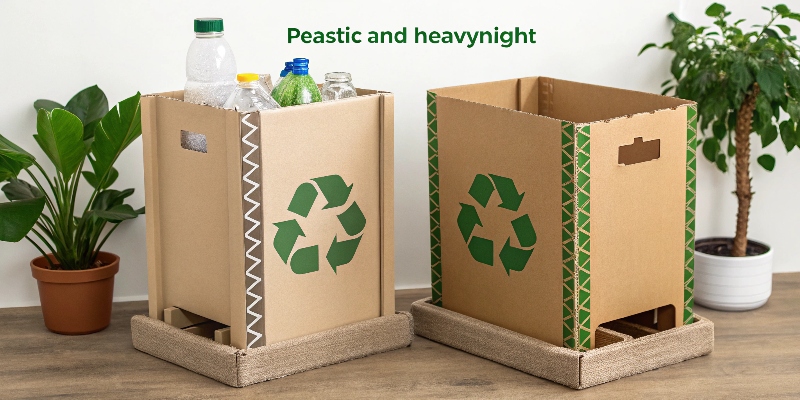
I've been in this industry for 16 years, and this question comes up a lot, especially with new technology emerging. Clients see flashy permanent displays and wonder if that's the future. But the reality of retail is that promotions, seasons, and products change fast. A permanent plastic display quickly becomes an expensive, outdated fixture taking up space in a back room. The beauty of cardboard is its ability to adapt. You can create a stunning, affordable display for a four-week campaign and then recycle it responsibly. Designers like Peter are increasingly asked for sustainable solutions, and FSC-certified cardboard13 is an answer brands and consumers feel good about.
How Cardboard Stacks Up
When you compare it directly to the alternatives, you can see why cardboard holds its ground so firmly for in-store marketing.
| Material | Pros | Cons | Best For |
|---|---|---|---|
| Cardboard | Low cost, lightweight, highly customizable, recyclable, fast to produce. | Not waterproof, not for long-term permanent use. | Temporary promotions (2-12 weeks), POP displays, eco-conscious brands. |
| Plastic/Acrylic | Durable, waterproof, can be reused, premium look. | Expensive, heavier, less eco-friendly (fossil fuels), easily scratched. | Long-term fixtures, high-end cosmetic counters, outdoor signage. |
| Wood | Very strong, premium and natural feel, can be permanent. | Heavy, very expensive, longer production time, less design flexibility. | Permanent boutique fixtures, farm stores, high-end spirits. |
| Metal | Extremely durable, strong, can be permanent. | Very heavy, very expensive, limited design options, can feel industrial. | Permanent shelving, industrial settings, long-term structural supports. |
| Digital | Dynamic content, eye-catching, can be updated instantly. | Extremely high initial cost, requires power, risk of technical failure. | High-traffic areas like airports, flagship stores, major brand experiences. |
Conclusion
Choosing the right cardboard display8 and material is straightforward when you know the basics. Cardboard remains the best choice for its incredible balance of function, cost, and environmental responsibility.
-
Understand why B-flute is a popular choice for strength and print quality. ↩
-
Learn about E-flute's benefits for high-resolution printing on smaller items. ↩
-
Discover the advantages of double-wall board for heavy product displays. ↩ ↩
-
Explore the strength of BC-flute for heavy-duty displays and products. ↩
-
Discover how counter displays can boost impulse buys at checkout. ↩ ↩
-
Learn how free-standing displays can effectively showcase heavy items in retail environments. ↩
-
Find out how pallet displays can maximize space for bulk goods in supermarkets. ↩ ↩
-
Explore the best types of cardboard displays to enhance your product visibility and sales. ↩ ↩
-
Learn how FSDUs can be used for effective product launches and promotions. ↩
-
Find out how CDUs can effectively showcase small items at checkout. ↩
-
Explore how dump bins can attract customers with discounted items. ↩
-
Understand why single-wall board is the most common choice for displays. ↩ ↩
-
Understand the importance of using sustainable materials in retail displays. ↩

